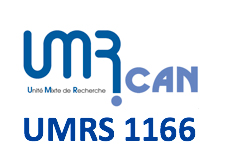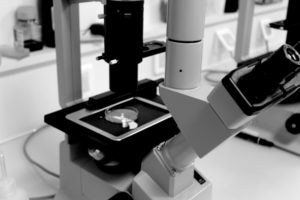Anatol Kontush
HDL and Reverse Remnant-Cholesterol Transport (RRT): Relevance to Cardiovascular Disease
Trends Mol Med.2020 Dec;26(12):1086-1100.
doi: 10.1016/j.molmed.2020.07.005. Epub 2020 Aug 26. PMID: 32861590 DOI: 10.1016/j.molmed.2020.07.005
Abstract
Cardiovascular diseases predominantly result from atherosclerosis, a natural biological phenomenon reflecting food intake and energy production in humans. Lipolysis of plasma triglyceride-rich lipoproteins (TGRLs) by lipoprotein lipase (LPL) is an essential element of energy production that delivers free fatty acids to peripheral cells. High-density lipoprotein (HDL) plays a key role in this process by acquiring surface lipids, including free cholesterol, that are released upon TGRL lipolysis. According to the reverse remnant-cholesterol transport (RRT) hypothesis, such removal of cholesterol from remnant lipoproteins followed by transport to the liver and excretion into the bile represents a major biological function of HDL that is essential for energy production, and which can reduce cholesterol influx into the arterial wall by accelerating the removal of atherogenic TGRL remnants from the circulation.
Keywords: HDL; LPL; free cholesterol; lipolysis; remnants; triglyceride-rich lipoproteins.



